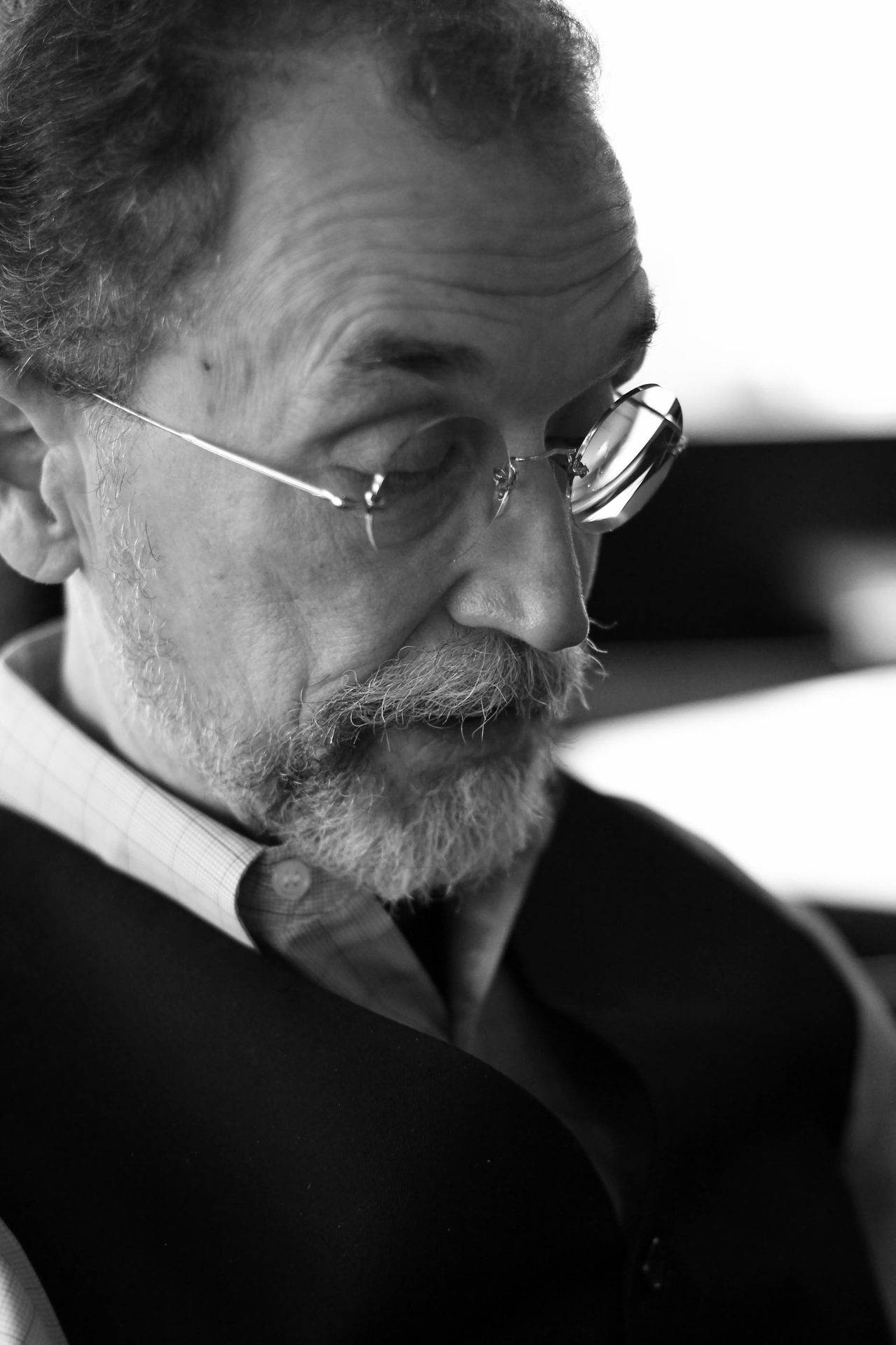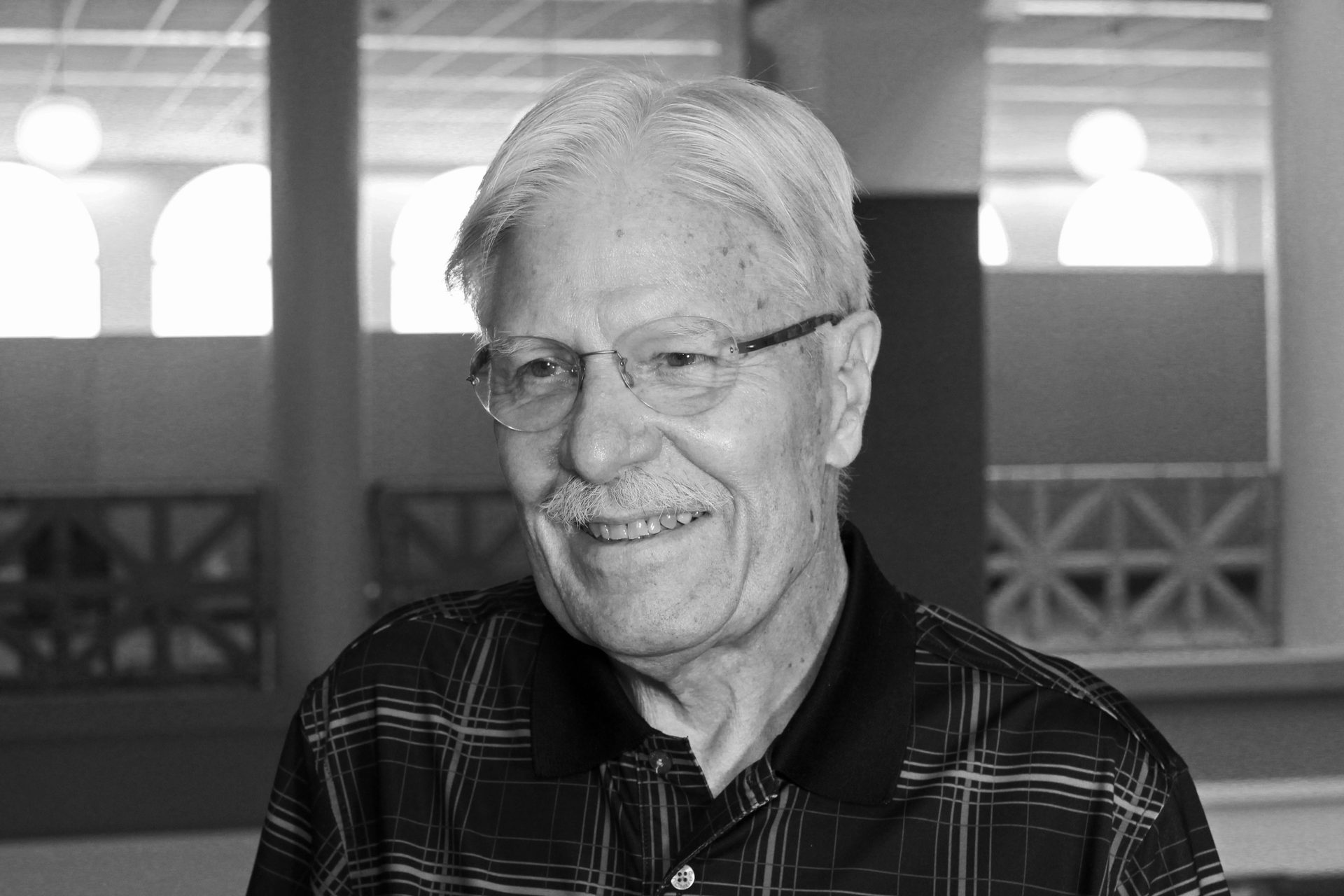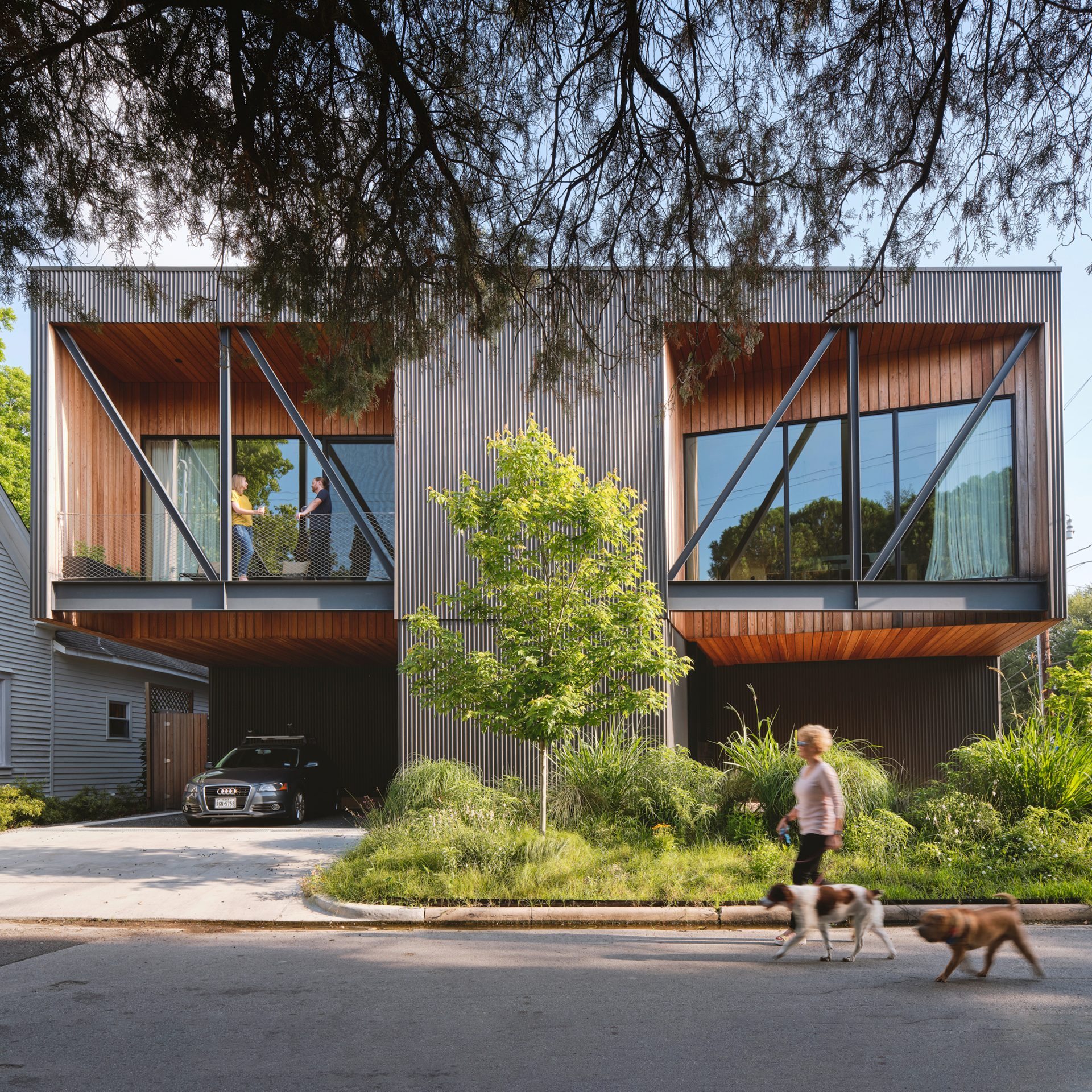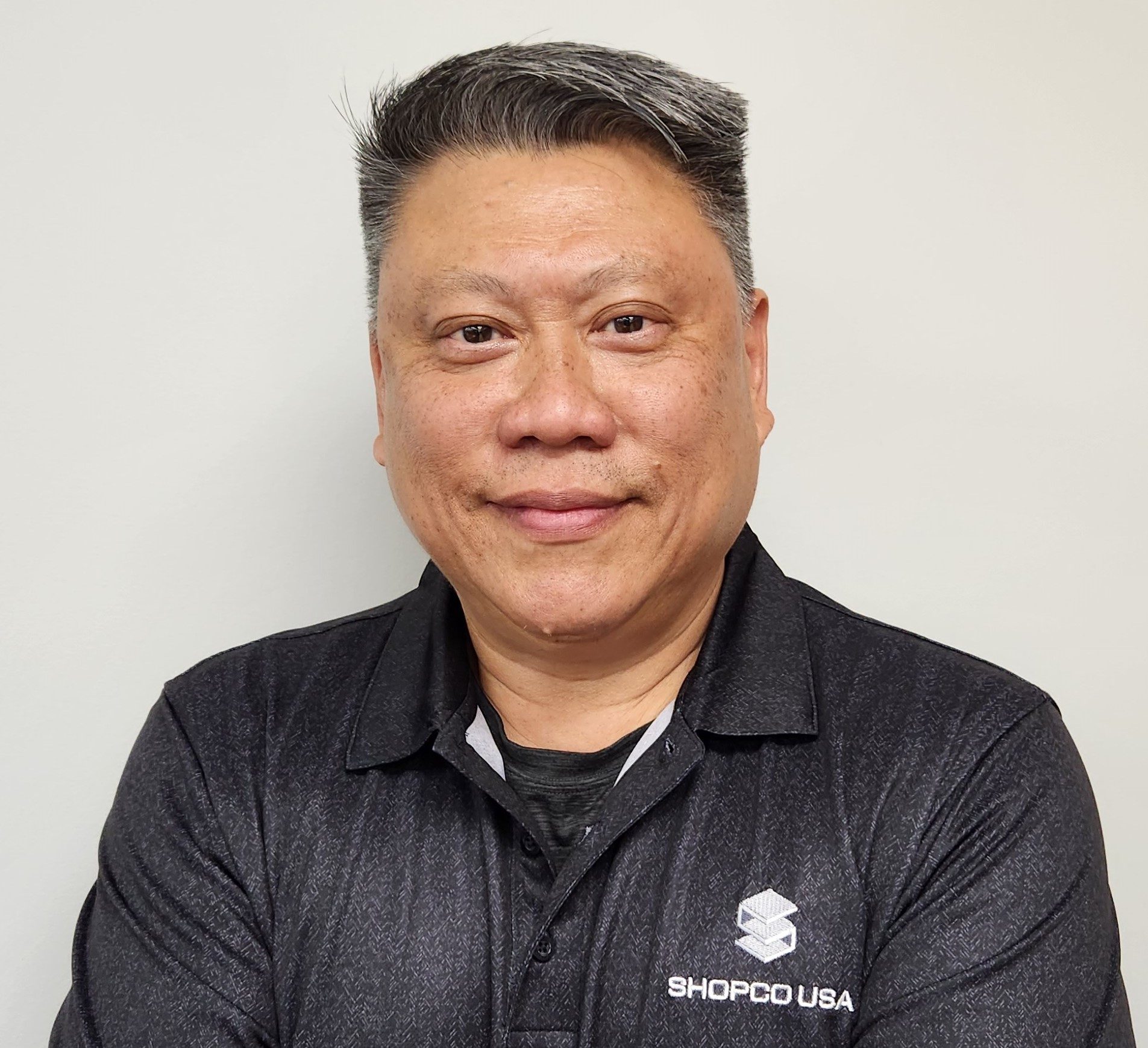Beyond the Present
Alumni plan for a lasting legacy of impact
by Stephen Schad • May 2023
Most people avoid thinking about what will happen beyond their lifetime. However, it is never too early to look beyond the present moment and envision how you will impact this world. What are you leaving for the next generation? How are you contributing to your community's future? Through planned giving, you have the power to leave a living legacy and commit to the future now.
When William F. Stern passed away in 2013, his estate created the William F. Stern Endowed Visiting Professorship. The endowment supports bringing prominent visiting critics and lecturers to the Hines College through the endowment's annual distribution. Since its inception, the College has welcomed esteemed architects, including Wendall Burnette, MacKay-Lyons Sweetapple, Brooks + Scarpa, and MAIO, to work with students throughout the fall semester and present an annual all-school lecture.
Stern's endowment is a perfect example of the effect a planned gift can have on our students and academic community. Hines College alumni Joe Webb (B.Arch. '71) and Michael Johnson (B.Arch. '67, B.S. '67) recently established their own planned gifts at the University of Houston, setting the stage for two future endowments supporting the Hines College in perpetuity. They hope their foresight and generosity inspire others to consider how they imagine their legacies and look beyond the present.
Joe Webb (B.Arch. '71)
Alumnus Joe Webb is well-known in Houston's urban design and planning scene. His impact on the city, especially in the Montrose district, during his over 40-year career is admirable. Webb discovered his interest in urban design as a student at the College.
"Back when I was in school, Burdette Keeland was actively teaching, Earl Britton taught urban design and planning, and John Zemanek got us thinking, as well," said Webb. "All three men had different approaches and levels of expertise, but they all got me thinking outside the box and understanding that although we always know our building is going to impact and shape people, we must understand that what we put into the environment will make a significant impact, as well."
While they may not have realized it then, Webb's professors ignited a spark within him to not only think outside the box but think beyond it. Webb's dedication to urban design and planning has been unwavering ever since. The founding principal of his own firm, Webb Architects in Houston, Webb is also the immediate past chair of Blueprint Houston, a past president of the American Institute of Architects (AIA) Houston Chapter and the Houston Architecture Foundation, where he founded the AIA Houston Urban Design Committee. Since 2015, he has served on the Hines College's Leadership Council as a member of the advisory group to Dean Patricia Belton Oliver, FAIA. Likewise, since 2015, he has served on the board of Montrose Tax Increment Reinvestment Zone (TIRZ) 27 and the Montrose Redevelopment Authority and was named chair in 2021.
Throughout his career, Webb has worked closely with the City of Houston, involved in various urban studies resulting in prime redevelopment and neighborhood development in the city. His education, combined with his work in the Houston community, inspired Webb to consider how he could leave a lasting legacy in a way that reflected his passion.
As part of his estate planning, Webb has decided to establish the Joe Douglas Webb Endowed Chair for Urban Design supporting the research-enhancing activities of a faculty member who can broaden course offerings, spearhead new research, and increase community outreach. The Hines College has prominent faculty in the field of urban design, including Susan Rogers, director of the Community Design Resource Center (CDRC), Bruce Race, director of the Center for Sustainability and Resilience (CeSAR), and Dalia Munenzon, who joined the College in 2022 as an assistant professor of urban design in sustainable systems and infrastructure.
"We have the people with the knowledge, and hopefully, the creation of a chair for urban design will give the program more structure," said Webb. "I hope having a chair will spark at least one person to think of urban design as I do. If that happens, it will be worth every penny of it. One person can change the world."
The Joe Douglas Webb Endowed Chair for Urban Design will set up the University of Houston to lead urban design in the fourth largest city in the United States. Other programs in the city have started shifting their direction to other areas, allowing the Hines College to capitalize on the moment and establish itself in the field.

"I hope having a chair will spark at least one person to think of urban design as I do. If that happens, it will be worth every penny of it. One person can change the world."
Michael "Mike" Johnson (B.S. '67)
Following in his father's footsteps, alumnus Mike Johnson always wanted to study architecture. He spent most of his childhood in Houston; however, Johnson's family moved to London after his first year in high school. Upon graduating from high school, Johnson decided to make his way back to Houston for college, which would prove to be a challenge in itself.
With his family back in London, he was basically on his own. The 1960s were also a very tumultuous time in the world. The Vietnam War was ongoing, and many men, especially Johnson's age, were at risk of being drafted. Avoiding the military was not an option; however, if he could remain in good academic standing, Johnson could maintain deferment while in school.
When he graduated, job opportunities were sparse. Companies would not hire young men right out of school because they knew they would likely be drafted. Eventually, Johnson was drafted and stationed with the Army Corps of Engineers in Honolulu, Hawaii. Lucky for Johnson, his immediate supervisor was a registered architect, meaning all his time in the service would later count toward his licensing requirements.
Upon returning to Houston, he landed a job with an architecture firm specializing in K-12 design. Five years later, Johnson opened his own firm with alumnus Victor Gelsomino (B.Arch '67, B.S.' 66), forming Gelsomino Johnson Architects. Gelsomino worked as a staff architect for St. Luke's Episcopal Hospital in the Texas Medical Center (TMC), so upon establishing their firm, the two partners had an immediate backlog of business from the TMC. After 15 years, the firm was absorbed by Watkins Carter Hamilton, which, through a series of mergers, eventually became EYP – the firm Johnson retired from at the end of his professional career.
"When I was at UH, I found myself understanding that I did not consider myself an architectural designer," shared Johnson. "I was far more inquisitive about how buildings go together, and so much of the curriculum, at the time, was exclusively focused on design."
As his career advanced, Johnson realized how important it was to understand how a building came together, which guided his career path. Johnson found himself working as a project architect, assisting the designer and planners, coordinating all the engineers, and serving as a resource for the entire team. Hospital projects tend to have extensive teams, and Johnson developed a talent for managing these comprehensive projects.
Before Johnson's wife, Anne, passed away in 2019, the couple started preparing their estate plans. They worked with Anne's alma mater, Stephens College in Missouri, to establish an endowment in her name. Johnson also needed to decide how he would leave his impact.
"I asked myself, who has been helpful to me in my life and career?" said Johnson. "And, of course, the University of Houston architecture program stood out."
Johnson chose to create the Michael S. and Anne Johnson Endowed Visiting Lecture. The new endowment will support visiting lecturers, including practicing architects and emerging talent, who are experts in the discipline of architecture. As an architecture student at UH, there was no funding to bring visiting architects and lecturers. During his sophomore year, Philip Johnson was in Houston working with the Menils on the University of St. Thomas campus.
"Just by good luck, Howard Barnstone and Burdette Keeland knew Philip Johnson and were aware that he was in town working on a project," shared Johnson. "They asked Philip Johnson if he would come to the College and speak to the students."
Philip Johnson came to the College and visited with the students in a very unplanned and informal format. It was this moment that left a lasting impression on Mike Johnson and set the stage for his future legacy at the Hines College.

"I asked myself, who has been helpful to me in my life and career? And, of course, the University of Houston architecture program stood out."
Six Ways to Make a Planned Gift
- Gifts by Will
- Beneficiary Designations
- Gifts That Pay You Income
- Gifts That Protect Your Assets
- Gifts from Retirement Plans
- Gifts by Estate Note
For more information on setting up your planned gift, visit uh.giftplans.org or email giftplanning@uh.edu.
More College of Architecture and Design Stories

Hines professor’s labor of love and commitment to research on display

Finding a Way in the Unfamiliar
A dialogue with Vietnamese immigrant alumnus Manh Tran (M.Arch. ’94, B.Arch. ’91)






